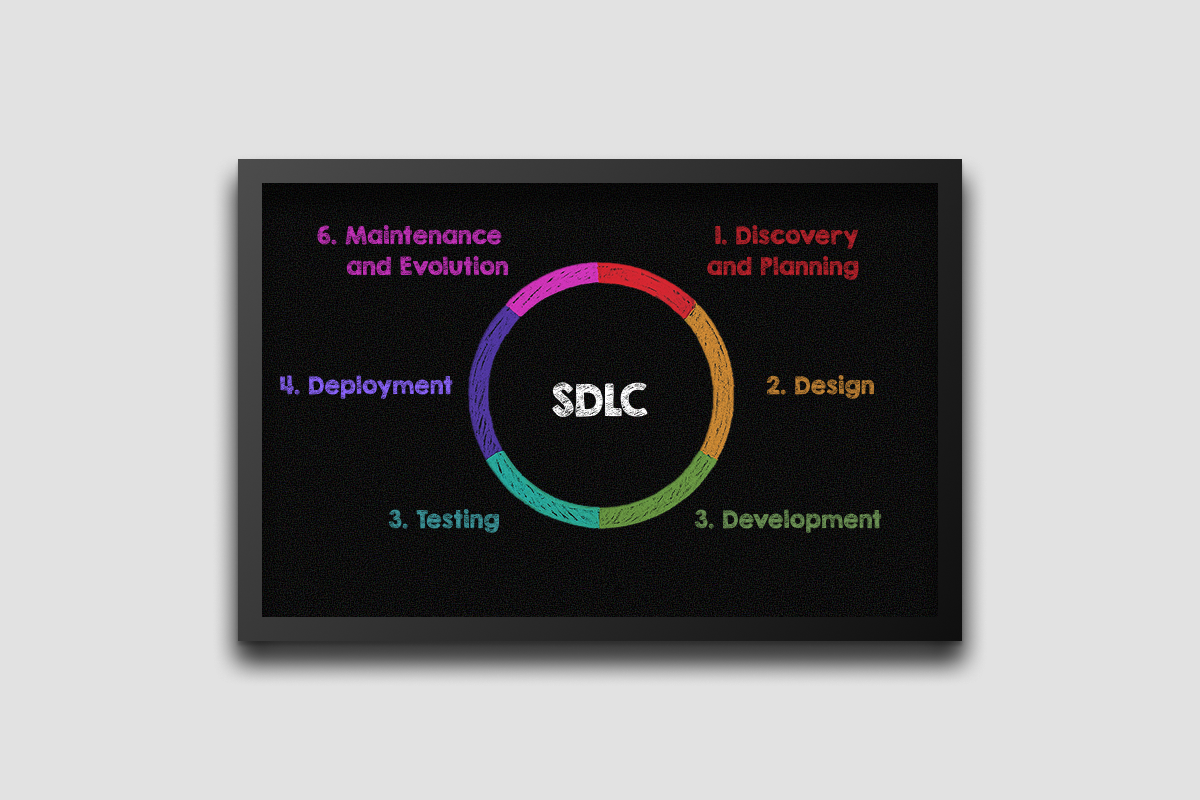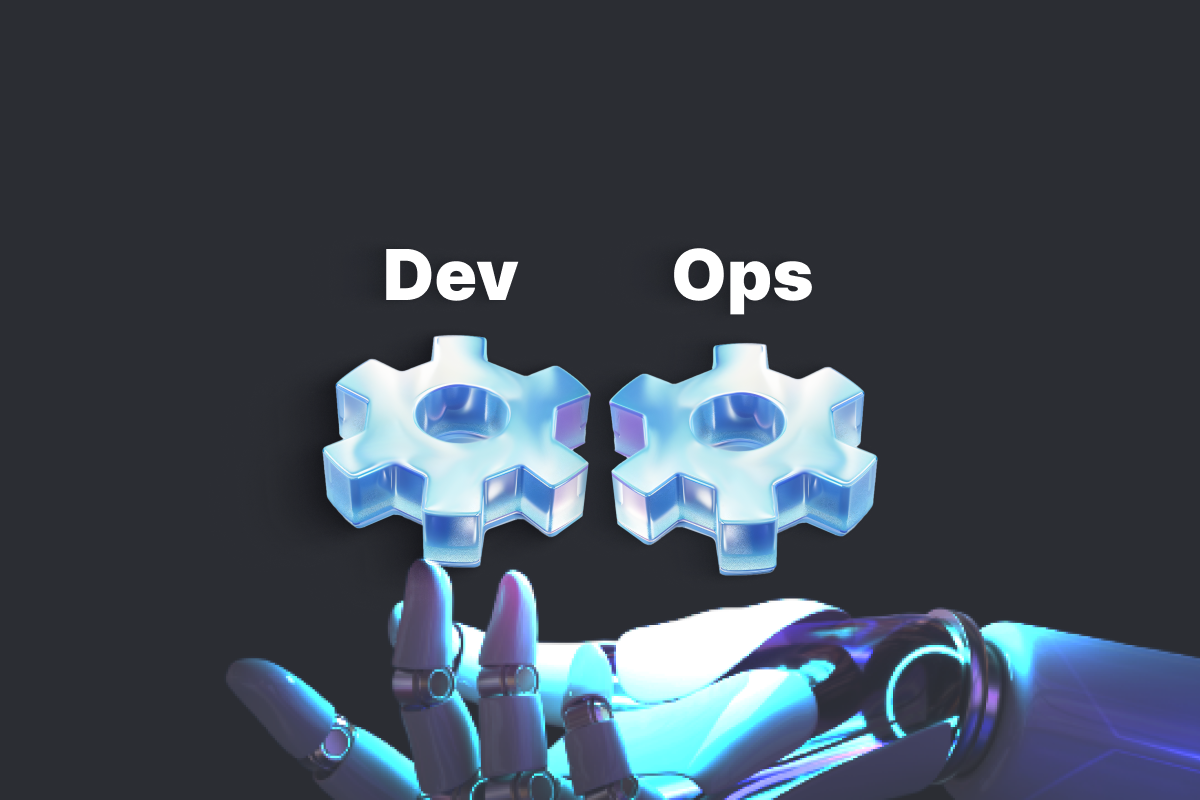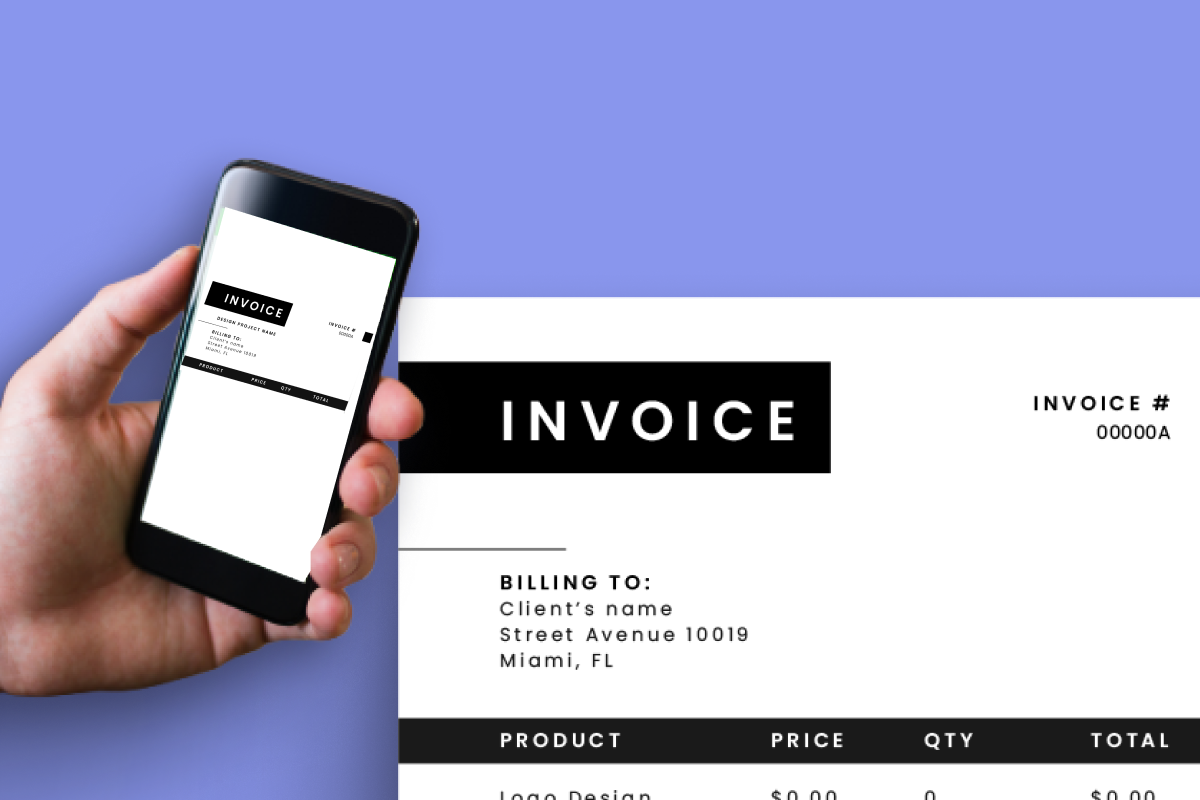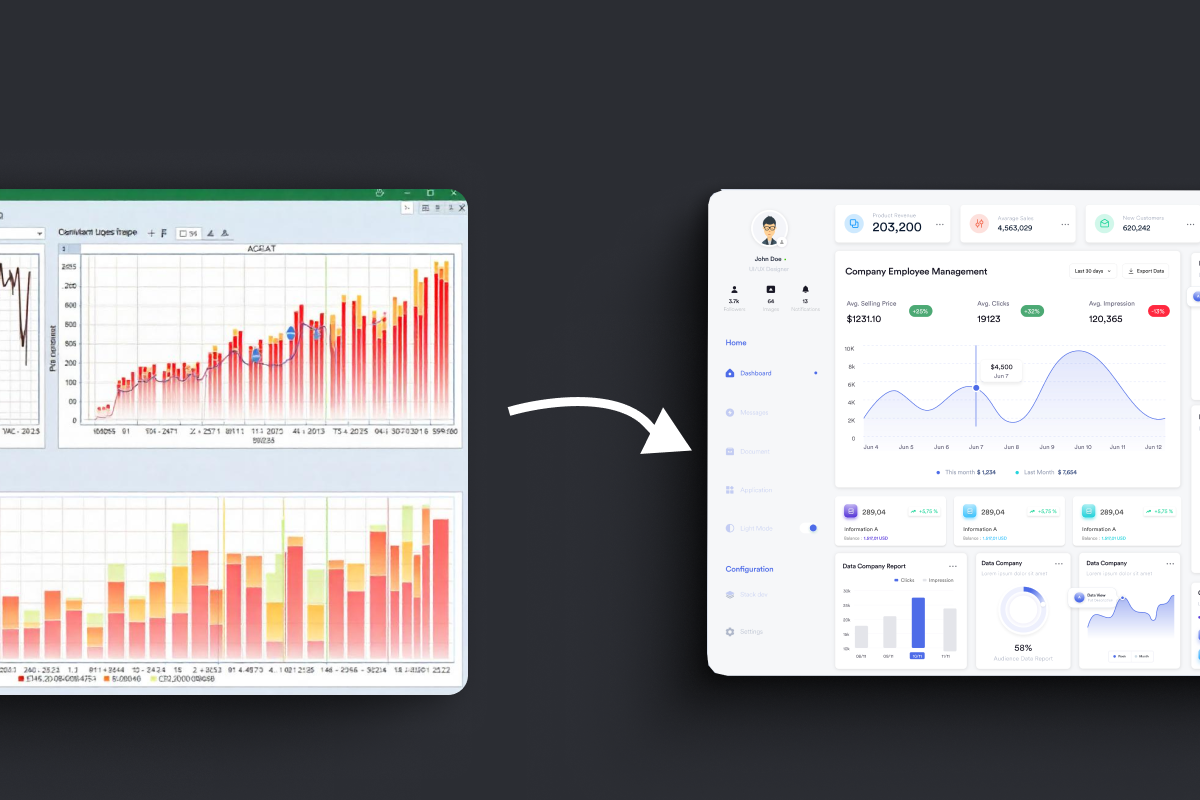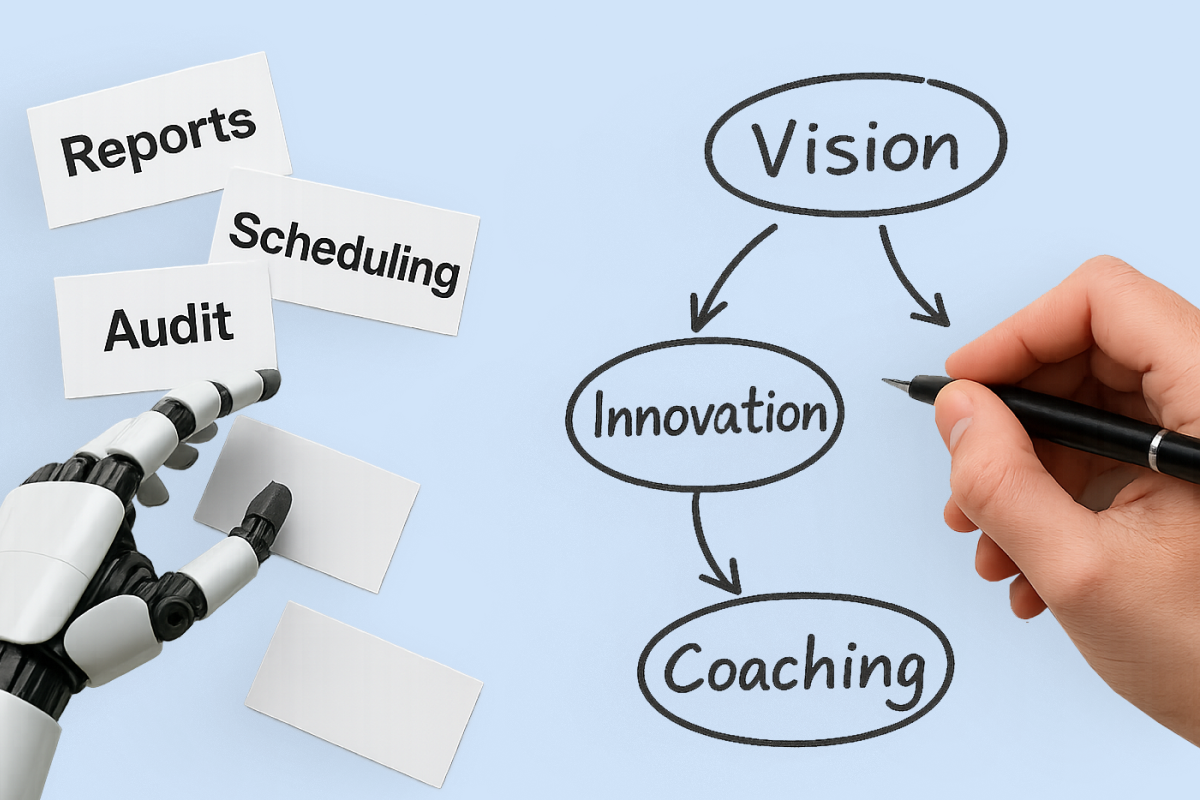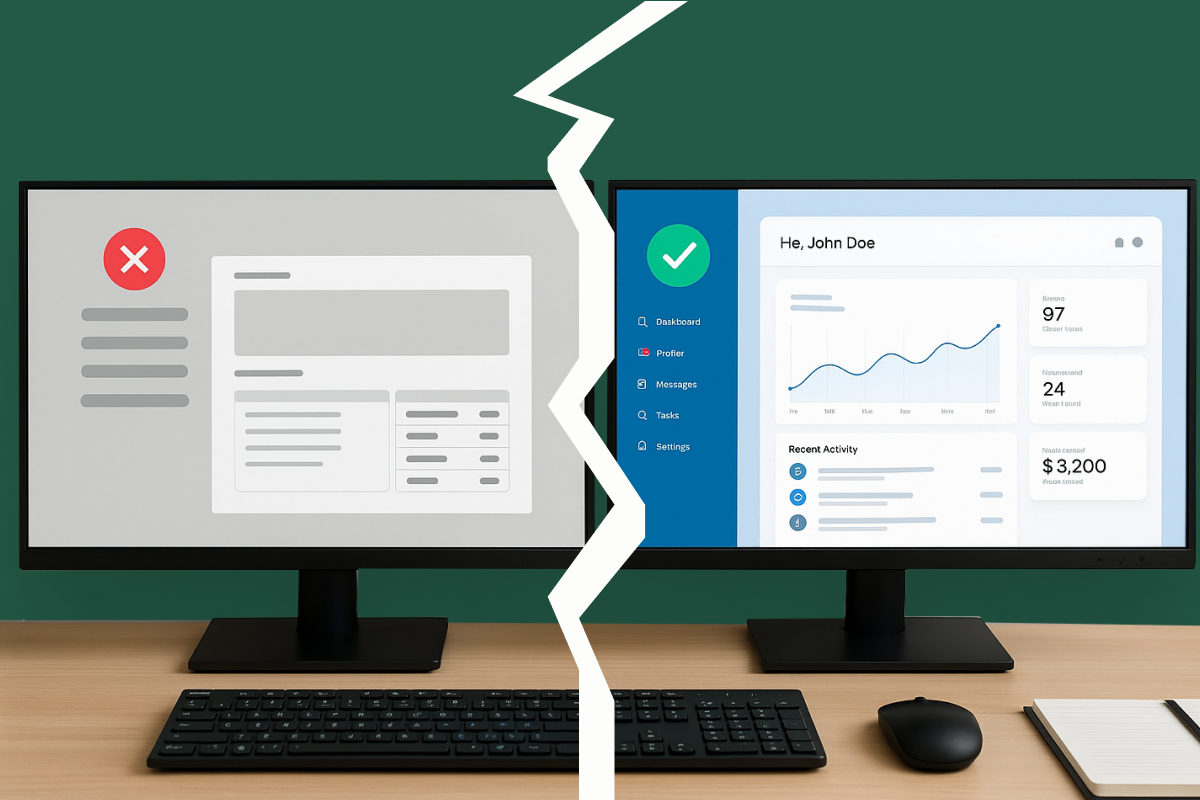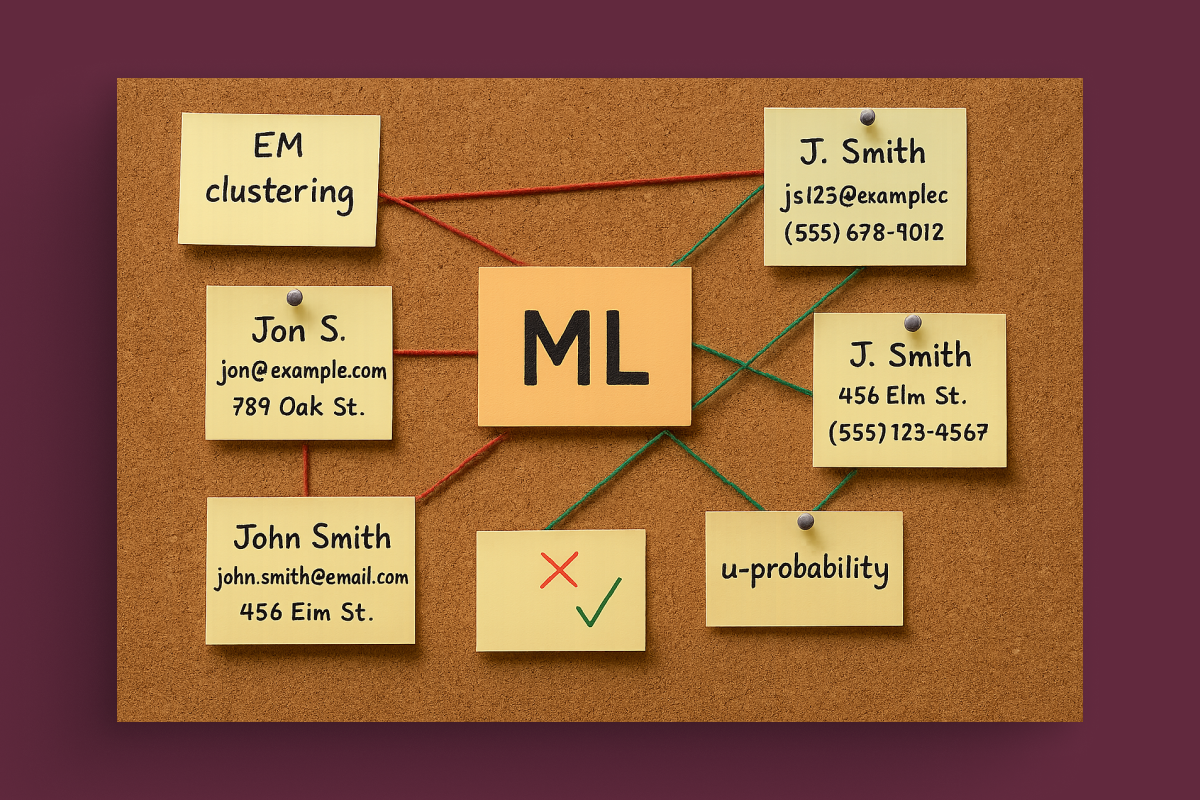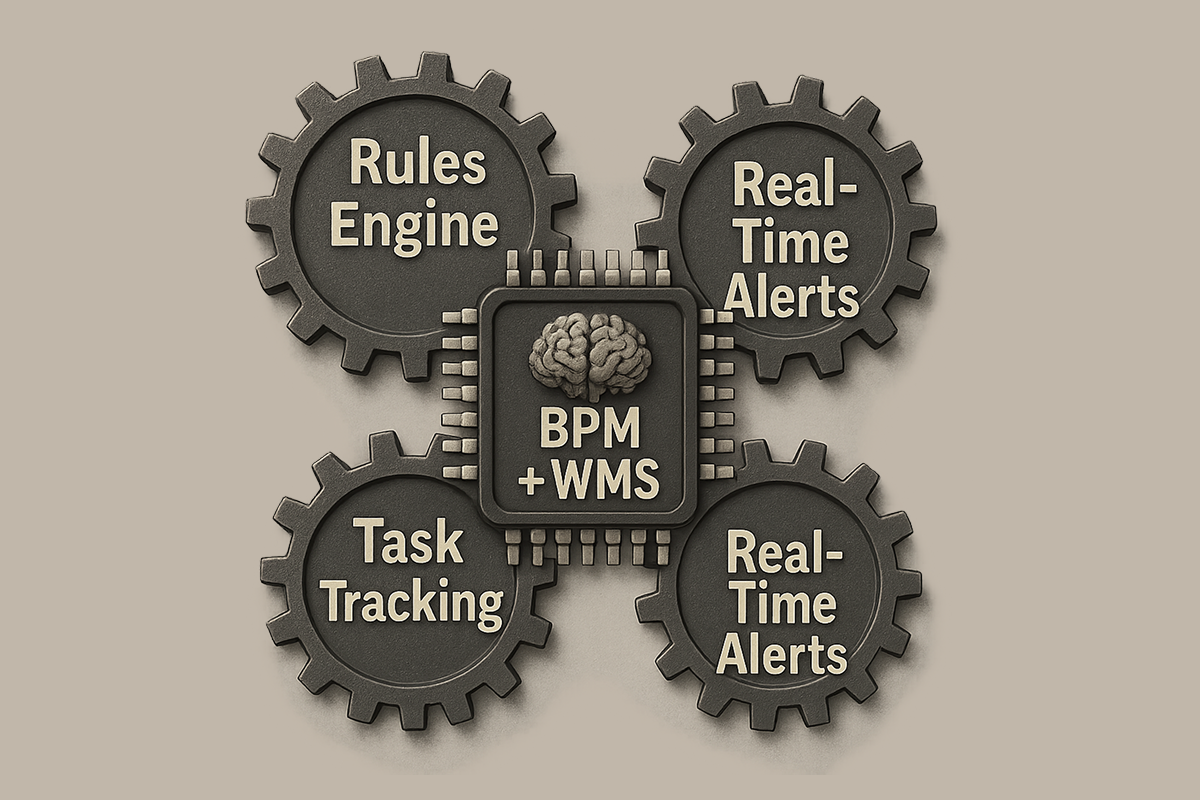Stepping into the shoes of a brand-new project manager can feel like juggling fire — especially when you discover that all the right complementary roles aren’t in place. According to a 2024 industry study, seven out of ten software projects run over budget or behind schedule (not that they fail completely), often because the team is missing critical players.
This lack of specialized talent ignites daily firefights: you scramble to chase last-minute fixes, your senior devs burn out from too many late-night hot patches, and overall productivity declines by as much as 40%.
Knowing which roles you need — and understanding why — can save your organization tens of thousands of dollars in rework and lost productivity.
Below is a practical roadmap that highlights the essential roles for successful software development, plus a glimpse at how each role contributes to your bottom line.
Why the Right Roles Matter to Your Business
Software development isn’t just about writing code — it’s about creating business value. Without the proper mix of skills, your critical launch date might slip, client satisfaction will plummet, and your brand reputation could take a serious hit.
One chilling statistic shows that 66% of software projects that lack proper resource planning ultimately fail to meet their objectives.
Fearful enough? Let’s look at who you need to dodge these risks.
Project Manager: The Ringmaster
A successful Project Manager (PM) ensures the entire effort aligns with business goals. Beyond scheduling sprints and hosting stand-up meetings, they prioritize tasks that directly drive ROI.
They’re also the ones who spot early red flags, such as overshooting budgets or clashing workloads, and intervene before disaster strikes. When fully empowered, a PM can reduce project overruns by up to 30% — and that’s a serious financial cushion worth having.
Tech Lead or Architect: The Strategic Brain
If the PM keeps the train on the tracks, the Tech Lead (or Architect Developer) determines the quality of those tracks. They decide on the how — making design choices, implementing architectural patterns, and coordinating best practices so code doesn’t turn into a tangled mess.
Proper technical guidance can slash the need for hotfixes by half, saving thousands of developer hours annually. If you don’t hire a Tech Lead, your senior devs risk burnout and might struggle to address high-level strategic problems.
Developers: The Innovation Engines
Developers turn ideas into a functioning reality. No matter how great your plan is, it’s meaningless without skilled developers to build the features, tackle bugs, and respond to shifting priorities.
A balanced roster might include senior developers for complex tasks and junior developers for feature enhancements and less critical items. You’ll maintain velocity while cultivating new talent who can grow into future leadership roles.
QA Specialist: The Quality Gatekeeper
Be warned:skipping or skimping on quality assurance risks unleashing faulty code upon your customers. Each bug that surfaces in production could cost up to 15 times more to correct than if it were caught beforehand.
QA specialists systematically evaluate features, run automated tests, and maintain stability in the product. Adding a QA role can slice your post-deployment defect rate by 40% or more, safeguarding your users and saving you from reputation damage.
Product Owner or Business Analyst: Translating Vision into Reality
Have you ever launched a feature no one actually wanted? That’s the nightmare scenario when a team doesn’t have someone dedicated to bridging business requirements with technical execution.
A Product Owner or Business Analyst ensures that features align with genuine customer needs and corporate strategy. Equipped with their insights, you’ll steer clear of “feature bloat” and see a clear path to profitable releases. Studies indicate that well-defined requirements can reduce overall project rework by 50% — a worthy payoff in both time and budget.
User Experience Designer: The Customer Advocate (Optional but Powerful)
If your team regularly grapples with prototyping or user flows, bring in a dedicated UX specialist. They’ll ensure the product is both intuitive and delightful to use, which drives adoption and lowers training costs. Some companies skip this role and watch users struggle, but that’s a perilous gamble. Good UX chops can lift user satisfaction by 60%, fueling repeat business and positive word-of-mouth.
Time for Action
If you’re feeling overwhelmed, you’re not alone. Many rising project managers discover they’ve been wearing multiple hats — sometimes three or four - realizing it. And if you’re covering these gaps poorly, the problem will only become more expensive over time. Team members burn out, deadlines slip, and your best developers might jump ship.
The bottom line is this: Act now to fill any missing roles, whether that’s a dedicated QA, a Tech Lead, or a Product Owner to streamline your pipeline of requirements. Remember, it’s far cheaper to shore up your team with the right personnel than to repeatedly patch your product (and your reputation) down the line. With these roles in place — and each person’s responsibilities clearly outlined — you’ll be ready to deliver igh-performing software on schedule and within budget.
After all, no CEO wants to see their flagship release overshadowed by a thousand critical bugs and an exodus of exhausted developers. Investing in the proper team structure is an investment in your organization’s future. Don’t let fear of additional hires stop you — cultivate the right professional mix, and watch your software projects thrive well beyond expectations.
Let Azati help you assemble a powerhouse team. Fill out the form below to start the conversation.







